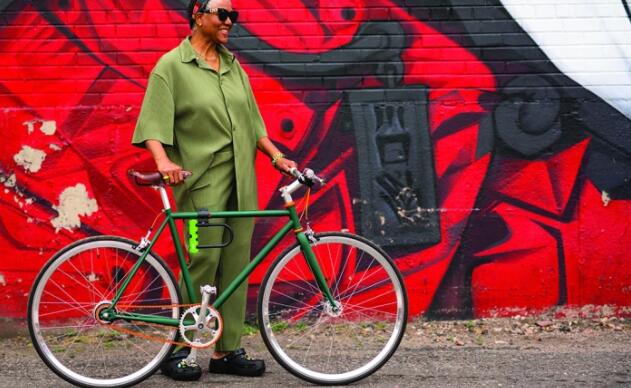What Crocs Really Means When It Says It Will Be Net Zero by 2030
Crocs’ formula for the future puts sustainability at the center.
In April, the company hired Deanna Bratter as VP and global head of sustainability, a newly created position at Crocs to help hit the ambitious goal of being net zero by 2030. Bratter’s responsibilities also include social responsibility and corporate governance, but the exec said Crocs is diving into its commitment to environmental sustainability.
“Concerns for our environment remain one of the most critical issues,” she said. “We also believe that the impacts of climate change are critical to address not only because it’s important to our consumers, it’s also important to the resiliency of our business.”

Through Crocs’ Comfort Without Carbon pillar, the brand is focused on carbon reduction, transparency and creating efficiencies throughout the company. That includes creating its first 100%-recycled polybags for shipping the shoes, eliminating animal-derived materials and incorporating bio-based material into the Crocs themselves. Plus, next year, Crocs’ ESG report will include the company’s full carbon footprint.
“We chose to go the direction of net zero because our focus is on reducing emissions everywhere possible throughout our full supply chain, and then neutralizing the remaining emissions,” said Bratter.
“Once we have established that foundation, we look for the most impactful areas where we can drive those reductions,” she added. “So net zero is about us looking holistically at the business and then finding through innovation and through activations ways to reduce. We’re also looking specifically at the shoe and have targeted a 50% reduction in emissions for the Classic Clog itself.”
